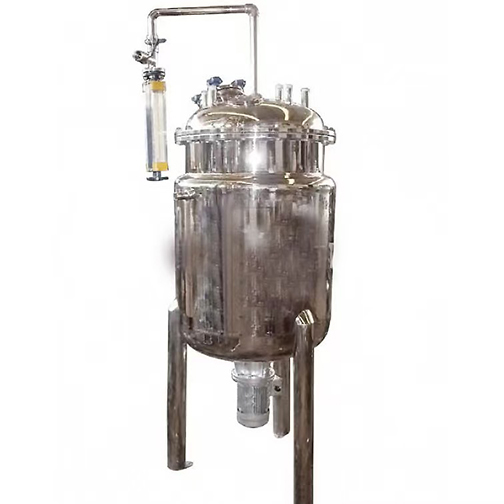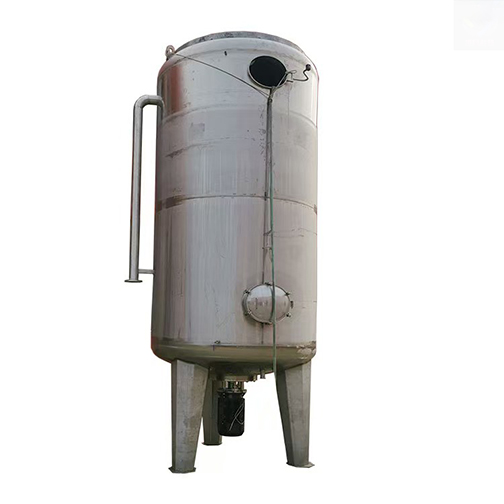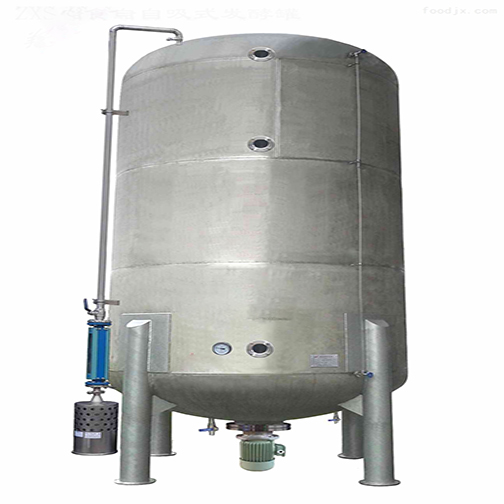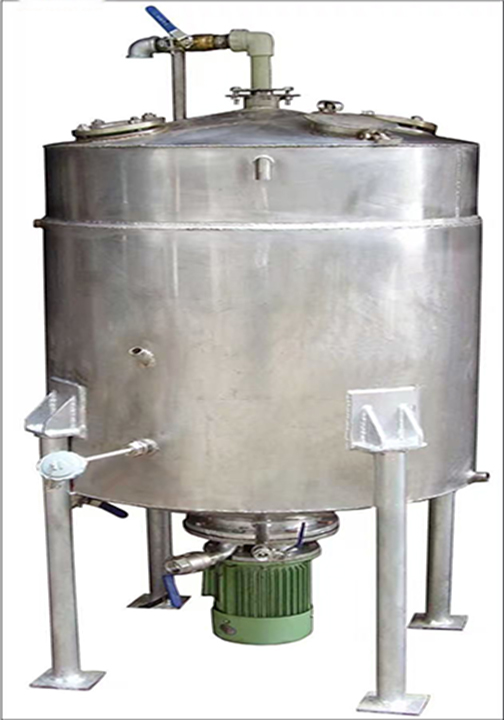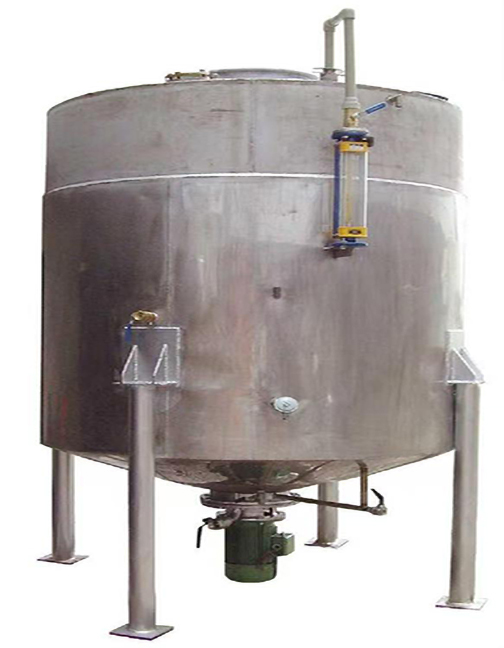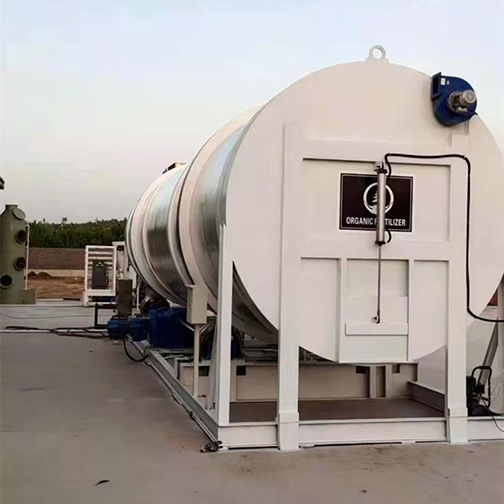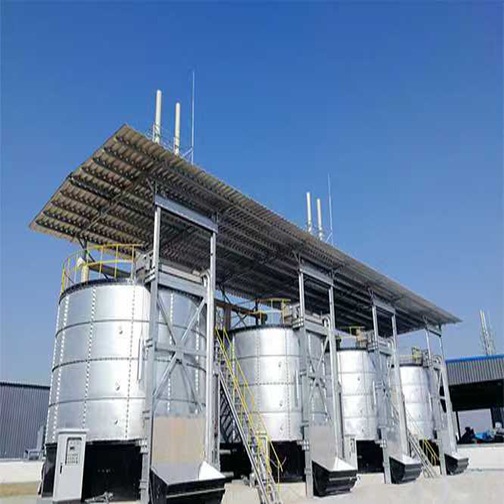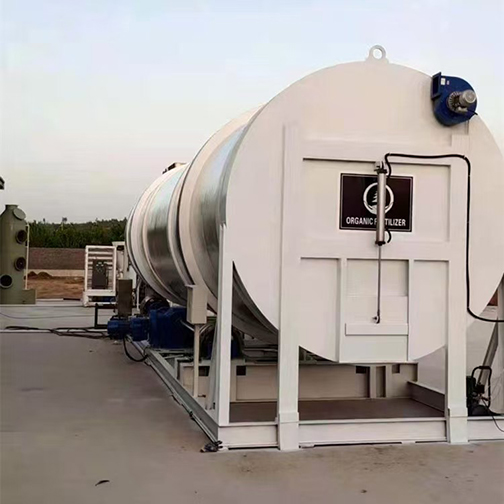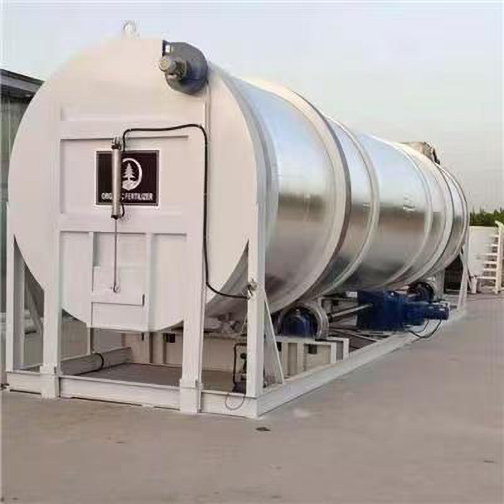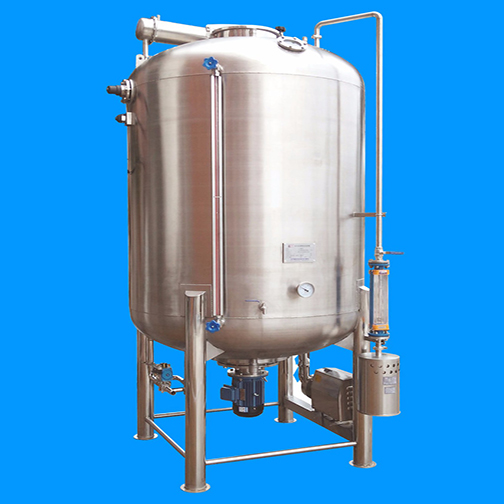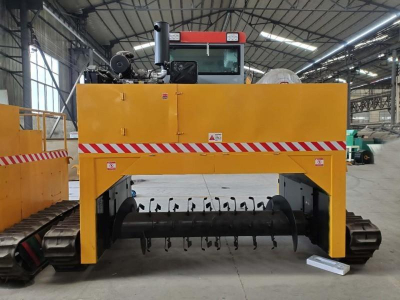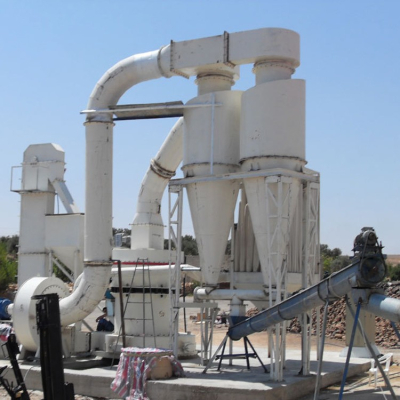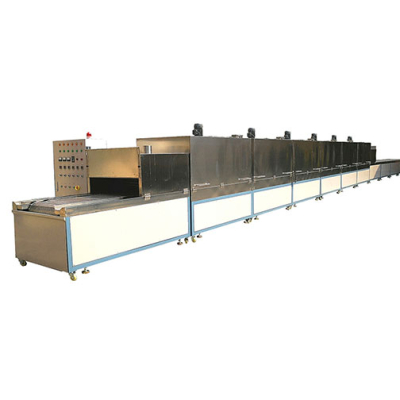Continuous fermentation tank
Efficient production: The organic fertilizer continuous fermentation tank can continuously feed and discharge materials, making the fermentation process uninterrupted, greatly improving production efficiency, and is suitable for large-scale production of organic fertilizer.
Stable fermentation conditions: The organic fertilizer continuous fermentation tank can maintain the stability of fermentation conditions such as temperature, humidity, pH value, dissolved oxygen, etc. in the tank through a precise control system, which is conducive to the growth and metabolism of microorganisms and ensures the stability and consistency of the quality of the fermentation product.
Save manpower: The organic fertilizer continuous fermentation tank has a high degree of automation. Continuous operation reduces frequent manual operations, reduces labor intensity, and saves labor costs.
Reduce pollution risks: The fully enclosed fermentation environment of the organic fertilizer continuous fermentation tank effectively prevents contamination from external bacteria, while also avoiding the leakage of odor and dust during the fermentation process, reducing pollution to the environment.
High resource utilization rate: The organic fertilizer continuous fermentation tank can realize the full utilization of materials, improve the conversion rate of raw materials, reduce the generation of waste, and is conducive to the recycling of resources.
Small footprint: Under the same production scale, compared with traditional intermittent fermentation equipment, the organic fertilizer continuous fermentation tank has a compact structure, occupies a small area, and can effectively save production space.
Structural composition
- Tank: Organic fertilizer continuous fermentation tanks are usually made of stainless steel, such as 304 stainless steel, which has good corrosion resistance. The tank adopts a fully enclosed design to reduce the impact of the external environment and avoid the leakage of odor and dust during the fermentation process. Polyurethane is used as an insulation layer inside some tanks to ensure fermentation all year round.
- Stirring device: The organic fertilizer continuous fermentation tank is driven by an electric motor and a reduction mechanism. The stirring blades are driven to rotate through the stirring shaft to fully mix the material and the bacteria, while promoting the uniform distribution of oxygen in the material and accelerating the fermentation process.
- Ventilation system: The organic fertilizer continuous fermentation tank includes air inlet, air outlet and air filter device, etc., which provide sufficient oxygen for aerobic microorganisms and discharge the waste gas generated during the fermentation process.
- Heating system: Organic fertilizer continuous fermentation tanks are generally equipped with automatic control systems that can effectively monitor and control the temperature inside the tank to ensure that the bacteria grow and reproduce at a suitable temperature.
- Feeding and discharging system: The organic fertilizer continuous fermentation tank includes a feed port, a discharge port and corresponding conveying equipment, such as a bucket elevator, a screw conveyor, etc., to achieve continuous feeding and discharging of materials.
- Control system: The organic fertilizer continuous fermentation tank adopts a control system that combines automatic and manual control with PLC chip, which can monitor and regulate the temperature, humidity, pH value, dissolved oxygen and other parameters in the fermentation process in real time, making operation and control convenient.
Working principle of organic fertilizer continuous fermentation tank
Using the principle of aerobic microbial aerobic fermentation, microorganisms can use organic matter, residual protein, etc. in organic waste to rapidly reproduce under certain temperature, humidity and sufficient oxygen environment. During the reproduction process, microorganisms consume organic matter, protein and oxygen in the material, metabolize to produce carbon dioxide, water vapor, etc., and release a lot of heat, which increases the temperature in the tank. The temperature range of 45℃-70℃ further promotes the growth and metabolism of microorganisms, and the temperature above 60℃ can kill harmful bacteria, pathogens, parasite eggs and other harmful substances in the material.
Application range of organic fertilizer continuous fermentation tank
It is suitable for treating organic wastes such as livestock and poultry manure, kitchen waste, agricultural waste, sludge, etc., and producing bio-organic fertilizer, organic compound fertilizer, etc.

